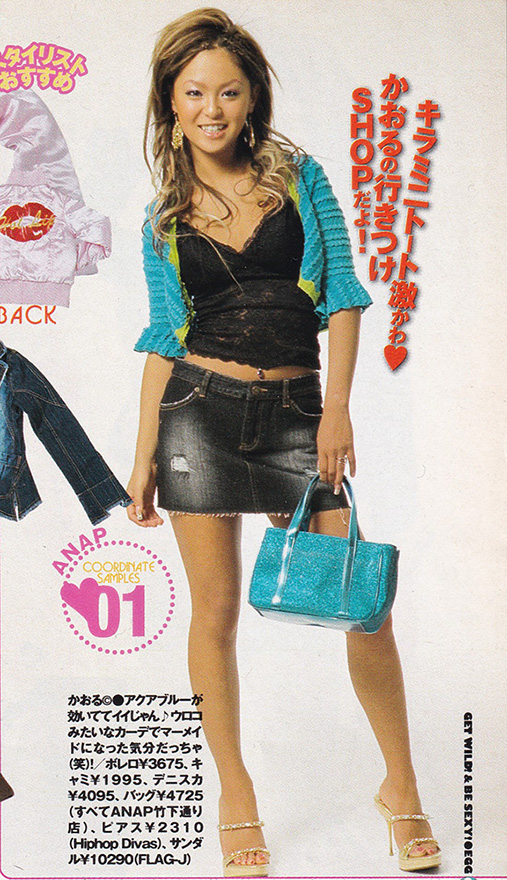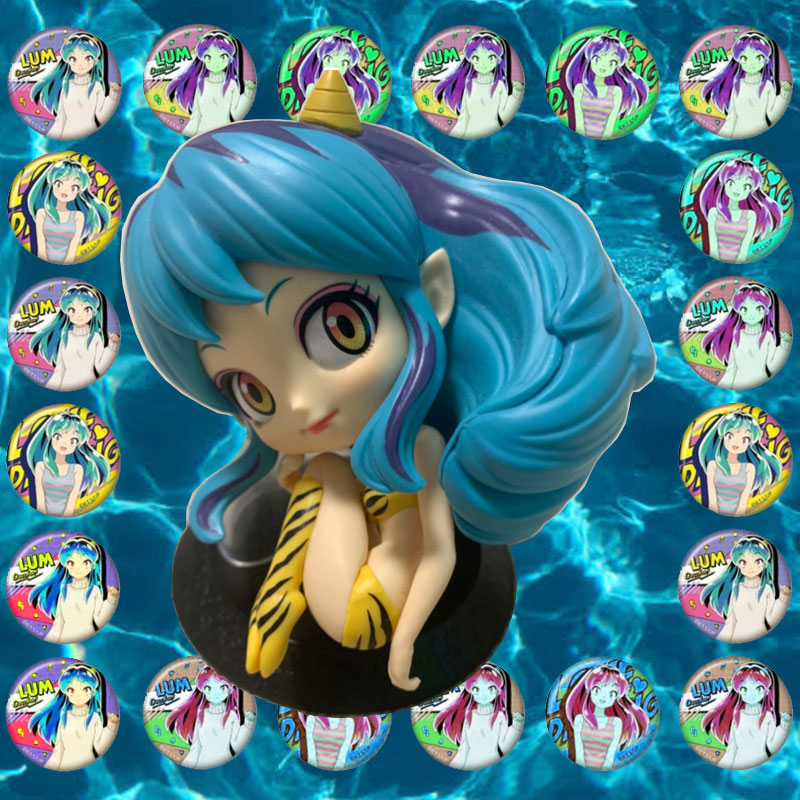GYARU SLANG
aka
GYARU GO

When reading TOKYO BREATHLESS NEON LOVE, you will find all throughout the novel, the book is packed with...
'GYARU GO'
The Japanese word 'GO' in this in instance means in Japanese 'language'. Just as the word 'Eigo' means - the English Language in Japanese... 'Gyaru Go' means the language spoken by Gyaru. Gyaru had their own dialect with particular phrases, which definitely challenged the traditional concept of the Japanese Language at the time. You could think of Gyaru language as more of a way of speaking than a set list of vocabulary or words.
When the time came for the very final edit of my book, what I found was a very beautiful treasure trove of Gyaru Slang and Gyaru Phrases that I have never seen recorded in print anywhere else. Finally, there were a few a word phrases I needed to completely cut out, not because they weren't interesting, but...
Mainly due to the fact that almost nobody in Japan remembered them anymore!
They were not in the Japanese dictionary... Nor had they been put down in any type of printed format!
Even friends that I contacted who are well known in Shibuya's club scene had no recollection of the words. The slang people use in the present day has changed dramatically. These words of the past were like undiscovered dinosaurs - with no fossils to trace.
2001年頃に「TOKYO BREATHLESS NEON LOVE」の最初の物語を書き始めました。 渋谷のクラブから帰宅した午前3時から5時の間で書くことが多かったです。 想像力で物語を作る中で、渋谷の環境が私の執筆に影響を与えました。小説は古典的な英語のスタイルで書かれていますが、平成の渋谷のスラングがたくさんあります。 特にギャル語が多いです。裏原宿の物語ですが、最も重要なキャラクターの何人かはギャルです。
One friend, who is a pioneer in the Tokyo scene establishing one of Japan's first international bilingual pop culture magazines, did remember some of the very rare and specific slang spoken right at that time, but...
That was only because he worked and lived in Shibuya right at that time between 2001 and 2002.
Some really funny slang was only used for not even a year, perhaps just a few months before Gyaru discarded it moving on to something new. The remnant fossils of these very specific words, could be perhaps only found in early, unedited versions of the manuscript. During the final edit, I had to reluctantly cut some words out as they would just be unrecognizable for modern Japanese people. Some of the vocabulary would have been too outlandish, even for Tokyo.
最初の物語を構想し始めてから約20年後、本の最後の編集の時期が来たとき、私が見つけたのは、珍しくて懐かしいギャル語とフレーズの数々でした。 最後に、面白くないからではなく、完全に削除する必要があるスラングとフレーズがいくつかおりましたが、主な理由は、もう日本でそれらを覚えている人がほとんどいないという事実です! 連絡を取った東京のクラブシーンで有名な友達でさえ、その言葉を覚えていませんでした。
Anyway...
I wanted to translate from the photo above, which is a feature about ANAP - a brand loved by 'Heisei Gyaru'. Heisei refers to the era between 1989 and 2019 in Japan, but the term 'Heisei Gyaru' has become synonymous with Gyaru from the 90s and 2000s.
Here is the first sentence...
'Kira Mini Tote Geki Kawa!'
'Kira' is short for the word 'Kira Kira' meaning sparkly or shiny. So, the sentence could be translated as...
'The Bling Mini Tote Bag Is Super Duper Cute!'
Gyaru would often drop the end of words, so the word 'Kawa' is easily understood as meaning cute, without the 'ii' sound on the end of the complete word - 'kawaii'.
とにかく、上の写真の特集から面白い文章を二つ見つけました。本誌の特集は、平成ギャルに愛されているブランドANAPについてです。最初の文です。
「キラミニトート激かわ」
キラキラミニトートバッグと言うフレーズより、「キラミニトート」の方が印象的だと思います。次の文です。
「ウロコみたいなカーデでマーメイドになった気分だっちゃ!」
最初は「だっちゃ!」の意味が分かりませんでした。そこで友達「Taku Harano」にこの言葉の意味を聞いてみました。 これは漫画「うる星やつら」のキャラ「ラムちゃん」の有名な口癖です。仙台弁で「だよ!」という意味だということも知りました。ギャル語が漫画のキャラクターに影響を受けているというのはとても賢いことだと思いました。
The next one is really imaginative...
'Uroko Mitai na Kade de Mermaid ni natta Kibun dacha!'
Meaning...
'The scale (as in fish scale) like pattern on the cardigan, made the feeling of the model's look into something like a mermaid!'
The word at the end of the sentence...
'Daccha!'
Means 'dayo!' in Japanese and is put at the end of the sentence for added emphasis like an exclamation mark. 'Daccha!' taken from Sendai dialect is a notable catchphrase, spoken by the famous Manga Character 'Lum Chan' aka Lum the Invader Girl - pictured below.

It becomes easy to see that cartoons and animation were one point of inspiration in Gyaru Slang during the 90s and 2000s.
By Sean Kavanagh「ショーン・カバナ」
*Thanks to Taku Harano for telling me about Lum Chan and the meaning of the phrase 'Daccha!'
PS. Since I released my book, more articles have started to appear about Ura Harajuku and Shibuya Street Culture during this time period. Although there is one huge elephant in the room staring fiercely, that they are hoping you don't notice - TOKYO BREATHLESS NEON LOVE. That is because it is 'THE' book about the period of fashion and street culture in Japan.
The next time you read a piece about Ura Harajuku or this time period in Japan, ask the writer...
'Have you read TOKYO BREATHLESS NEON LOVE?'
I bet you they haven't.
And...
I bet you, they hope you don't know it exists.
But...
Unlike an elephant in the room, it is not quiet. The novel would be more like a fierce, hybrid mystical creature waiting to move with swift and violent action. Anybody personally familiar with me knows that, Sean Kavanagh is not a person who lets anyone or anything get in his way.
Even if they hope this book stays hidden...
Even if they hope you never find it...
Any hopes that this book stays unknown will inevitably be crushed.
That is because...
The secret is already out.
You have already discovered TOKYO BREATHLESS NEON LOVE here!

